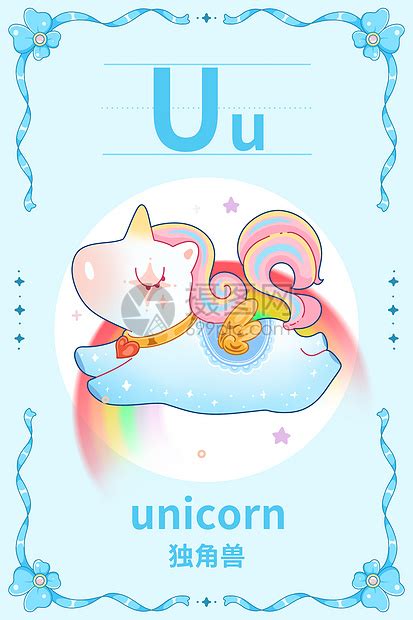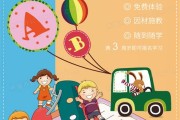英文早教启蒙
Title: Effective Methods for Teaching English Alphabet in Early Childhood Education
In early childhood education, teaching English alphabet effectively requires a combination of engaging activities, multisensory experiences, and repetition to ensure retention and understanding. Here are some proven methods to consider:
1. Interactive Games and Activities:
Alphabet Songs:
Introduce catchy songs that incorporate the alphabet. Singing helps children remember the sequence of letters.
Alphabet Blocks and Puzzles:
Use tactile materials like wooden blocks or puzzles to familiarize children with the shape and form of each letter.
Letter Tracing:
Provide opportunities for children to trace letters with their fingers or using writing materials. This reinforces letter recognition and helps develop fine motor skills. 2. Storybooks and Visual Aids:
Alphabet Storybooks:
Choose storybooks that focus on each letter of the alphabet. These books often feature colorful illustrations and engaging narratives that make learning enjoyable.
Flashcards:
Use alphabet flashcards with both uppercase and lowercase letters. Pair each letter with an image corresponding to that letter's sound (e.g., A for Apple).
Alphabet Posters:
Display alphabet posters in the classroom with large, clear letters and accompanying pictures. 3. Multisensory Learning:
Sensory Bins:
Create sensory bins filled with materials like rice, sand, or beans. Hide letter cards within the bins and encourage children to dig and find the letters while naming them.
Kinesthetic Activities:
Incorporate movement into alphabet learning through activities like alphabet hopscotch, where children jump on squares labeled with letters while saying them aloud.
Cooking Activities:
Use cooking or baking activities to reinforce letter recognition. For example, shape cookie dough into letters or use alphabetshaped cookie cutters. 4. Repetition and Practice:
Daily Routine:
Integrate alphabet learning into daily routines, such as during circle time or morning meetings. Consistent exposure to letters enhances retention.
Letter of the Week:
Focus on one letter each week and plan activities, crafts, and songs around that letter to provide concentrated exposure and practice.
Games and Challenges:
Engage children in letter recognition games like "I Spy" or scavenger hunts where they search for objects that start with a specific letter. 5. Parental Involvement:
TakeHome Activities:
Provide parents with resources and activities to reinforce alphabet learning at home. Suggestions can include alphabet coloring sheets, suggested books, and online resources.
Parent Workshops:
Offer workshops or information sessions for parents to learn about effective ways to support their child's alphabet learning journey at home.
Communication:
Maintain open communication with parents, sharing progress and strategies to extend learning beyond the classroom.Conclusion:
By employing a variety of interactive, multisensory, and repetitive techniques, early childhood educators can effectively teach the English alphabet. It's essential to create a stimulating and supportive learning environment where children feel motivated to explore letters and sounds. Collaboration between educators and parents further enhances the learning experience, ensuring that children develop a strong foundation in literacy skills from an early age.
标签: 育儿早教英文歌字母表abc 英文早教启蒙 早教英语课怎么上 早教英文怎么说 早教英语启蒙儿歌
相关文章
-
启蒙英语早教详细阅读

英语早教启蒙书是帮助孩子初步学习英语的重要工具,早期接触和学习英语可以有效提高孩子的语言能力和认知能力。选择合适的早教启蒙书并正确运用对孩子的成长发展...
2024-05-18 531 英文早教启蒙 儿童早教英语启蒙课程 英语早教启蒙 英语早教启蒙app
-
早教英语的重要性详细阅读

早教英语:熊的启蒙之旅早教英语:探索熊的世界在孩子的早期教育中,引入英语学习不仅有助于语言技能的培养,还能开拓他们的认知视野。以"bear"(熊)为例...
2024-05-17 665 早教英语启蒙儿歌 早教英语哪个app比较好 早教英语启蒙动画
-
早教英语哪个app比较好详细阅读

标题:男生在英语教育与早教领域的角色与选择一、引言在教育领域,男性教师的选择往往受到职业兴趣、教育背景、技能特长以及市场需求的影响。无论是教授英语还是...
2024-05-17 865 英文早教启蒙 早教有男教师吗 早教英语老师可以教小学吗
-
儿童早教英语歌详细阅读

###儿童英语早教启蒙歌曲儿童英语早教启蒙歌曲在孩子的语言学习和认知发展中扮演着重要的角色。通过生动活泼、易于理解的歌曲,孩子们可以在快乐的氛围中学习...
2024-05-01 202 早教英语启蒙儿歌 儿童早教英语启蒙动画片 启蒙英语儿歌有哪些 儿童英语启蒙歌曲大全13 儿童早教英语歌
-
用英语翻译教导主任详细阅读

标题:早教英语的重要性及常用术语翻译早教英语的重要性:早期教育对于孩子的成长起着关键作用,而英语作为一种全球通用的语言,早期接触英语可以帮助孩子更好地...
2024-04-30 751 早教英语启蒙儿歌 用英语翻译教导主任 我正在给孩子们读故事英语翻译
-
儿童启蒙英语歌曲详细阅读

**儿童启蒙英语儿歌早教:提升语言发展的有趣途径**儿歌是儿童学习语言的重要工具之一,早期接触英语儿歌不仅可以培养孩子的语感和语言能力,还可以增加他们...
2024-04-22 634 早教英语启蒙儿歌 儿童早教英语启蒙课程 儿童英语启蒙课程哪家好 儿童早教英语启蒙单词
